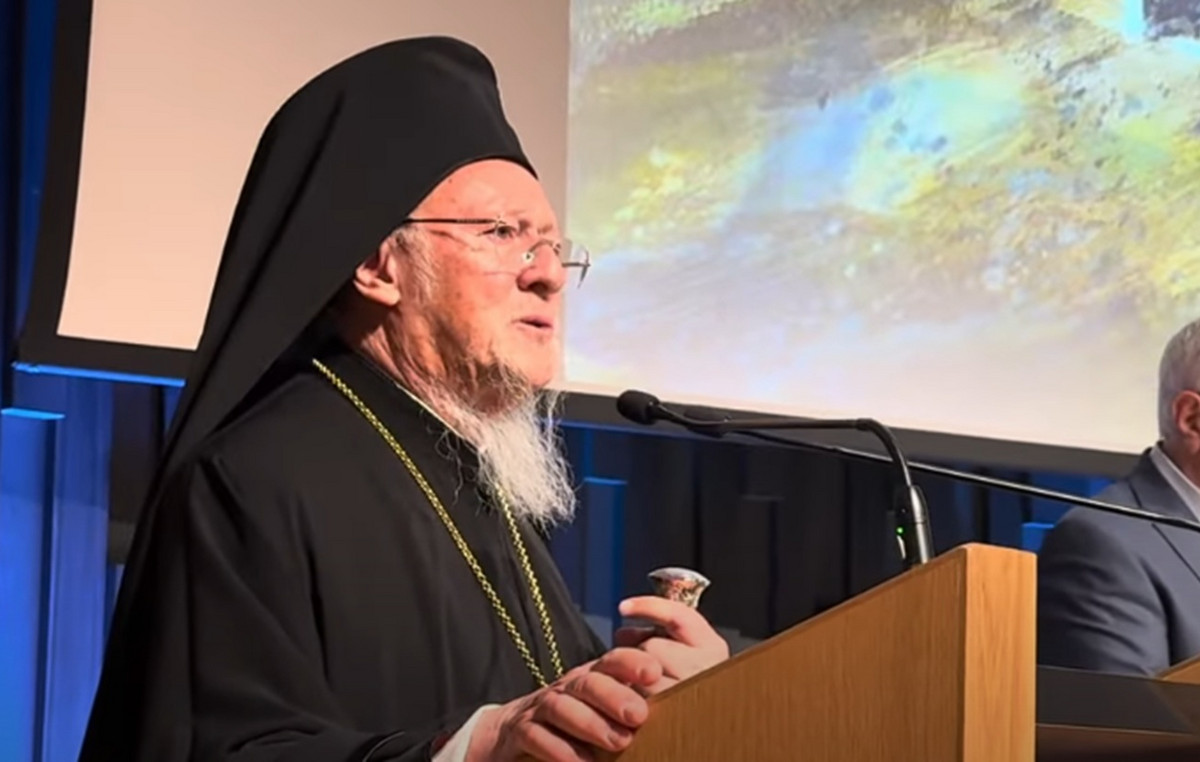A solar mission that has been flying closer and closer to the Sun to unlock its secrets has come close enough to the star’s surface to make a crucial discovery.
Data from the Parker Solar Probe has uncovered the source of the solar wind, a stream of energized particles flowing from the sun’s corona (the sun’s warm outer atmosphere) toward Earth.
One of the main motivations for the mission, named after the late astrophysicist Eugene Parker (1927-2022) It is launched in 2018was to determine what the wind looks like as it forms close to the Sun and how it escapes the star’s gravity.
When the probe got to about 21 million kilometers from the Sun, its instruments detected fine structures of the solar wind generated near the photosphere, or the solar surface, and captured ephemeral details that disappear when the wind is blown away from the corona.
The spacecraft was specially designed to fly less than 4 million miles above the solar surface. At the end of 2021, she became the first mission to “touch” the Sun.
A study detailing the findings was published on Wednesday in the journal “Nature”.
Solar wind studies
The solar wind is a continuous flow of plasma containing charged particles such as protons and electrons. The long-range phenomenon also includes part of the solar magnetic field and extends far beyond the corona, interacting with planets and the interstellar medium.
There are two types of solar wind. The fastest type flows from holes in the crown at the poles of the Sun at a maximum speed of 800 kilometers per second. The slower solar wind, located in the same plane of the solar system as Earth, flows at a slower pace of 400 kilometers per second.
Fast solar wind generally does not affect Earth. But during the so-called solar cycle maximum, an 11-year period over which the Sun’s activity gradually increases, the Sun’s magnetic field changes. The flip causes coronal holes to appear on the Sun’s surface and release gusts of solar wind directly toward Earth.
Understanding the source of the solar wind could help scientists better predict space weather and solar storms that could affect Earth.
Although they cause beautiful auroras, solar storms can also affect Earth’s satellites and power grids.
“Winds carry a lot of information from the Sun to Earth, so understanding the mechanism behind the solar wind is important for practical reasons,” said study co-author James Drake, professor emeritus of physics at the University of Maryland-College Park. “The study affects our ability to understand how the Sun releases energy and drives geomagnetic storms, which are a threat to our communication networks,” he added.
The spacecraft’s data revealed that coronal holes function like showers, in which jets appear on the Sun’s surface in the form of bright spots, marking where the magnetic field passes in and out of the photosphere.
As magnetic fields pass each other, moving in opposite directions within these funnels on the solar surface, they break apart and reconnect, sending charged particles out of the Sun.
“The photosphere is covered by convection cells, as in a vessel of boiling water, and the larger-scale convection flow is called supergranulation,” explained lead study author Stuart D. Bale, professor of physics at the University of California. California – Berkeley.
“Where these supergranulation cells meet and go down, they drag the magnetic field on its way into this kind of downward funnel. The magnetic field acquires more intensity because it is congested. It’s sort of a magnetic field scoop that goes down a drain. And the spatial separation of these little drains, these funnels, is what we’re seeing now with the solar probe data.”
The Parker Solar Probe has detected highly energetic particles traveling between 10 and 100 times faster than the solar wind, leading researchers to believe that the fast solar wind is created by the reconnection of magnetic fields.
“The main conclusion is that it is the magnetic reconnection within these funnel structures that serves as the source of energy for the fast solar wind,” said Bale. “It doesn’t just come from everywhere in a coronal hole; it is substructured within coronal holes for these supergranulation cells. The magnetic reconnection comes from those little bundles of magnetic energy that are associated with the convection flows. I think our results are strong evidence that it is the reconnection that is doing it.”
the solar cycle
The sun is expected to reach solar maximum in July 2025, which is why there have been increasing reports of sun flares and the northern and southern lights being visible in unexpected places. Fortunately, Parker and a separate mission, Solar Orbiter, are perfectly prepared to observe the powerful and dynamic forces of the sun at that moment.
Scientists are relieved that the Parker probe was launched before the Sun’s dramatic crescent events, i.e. during silent solar minimum, when chaotic activity hasn’t had a chance to obscure observations.
“There was some concern at the beginning of the solar probe mission that we were going to launch it directly into the quietest and most tedious part of the solar cycle,” Bale said. “But I think that, if it weren’t like that, we would never have understood the phenomenon. It would be very tumultuous. So we were lucky enough to launch the probe at solar minimum.”
Source: CNN Brasil
Bruce Belcher is a seasoned author with over 5 years of experience in world news. He writes for online news websites and provides in-depth analysis on the world stock market. Bruce is known for his insightful perspectives and commitment to keeping the public informed.







